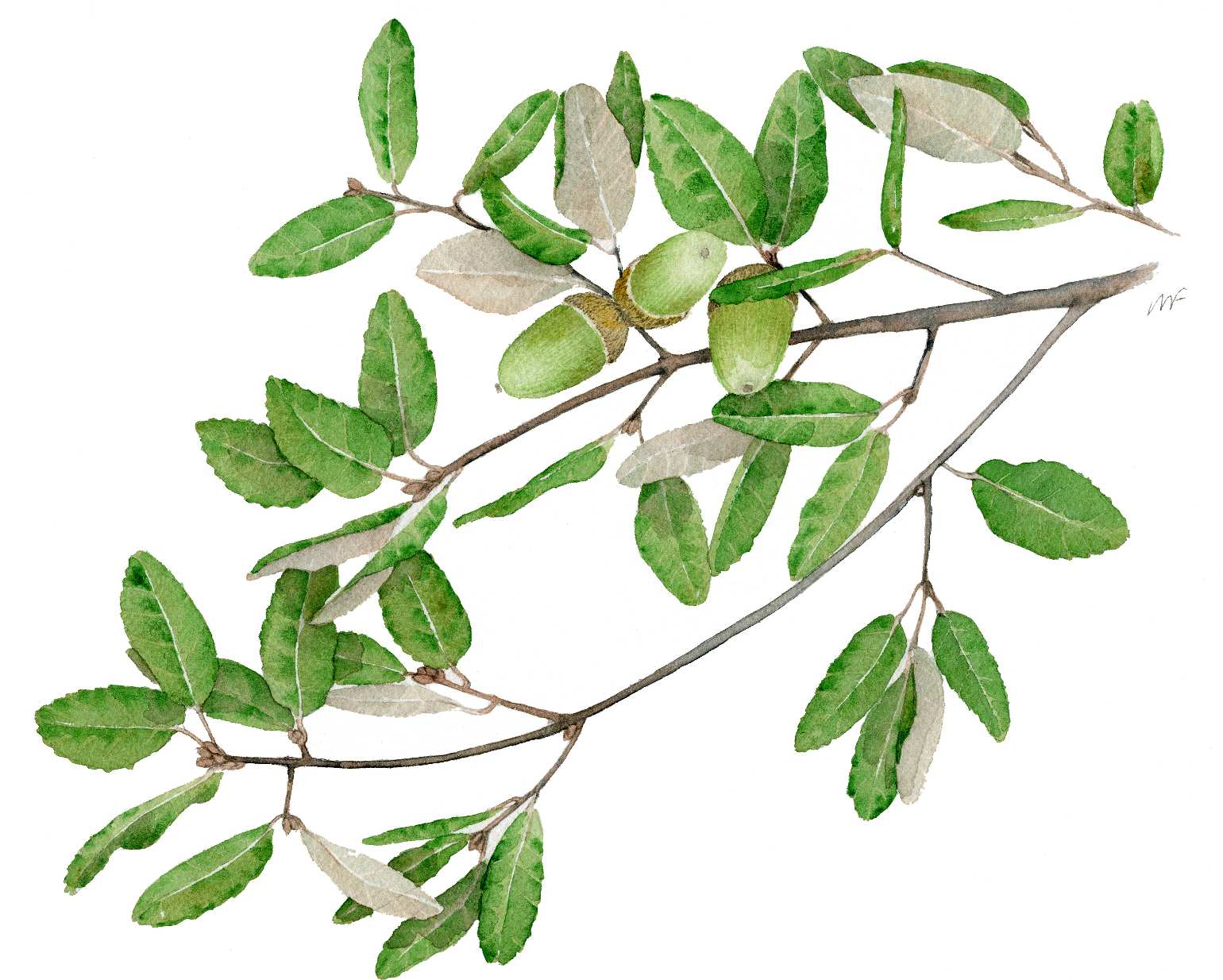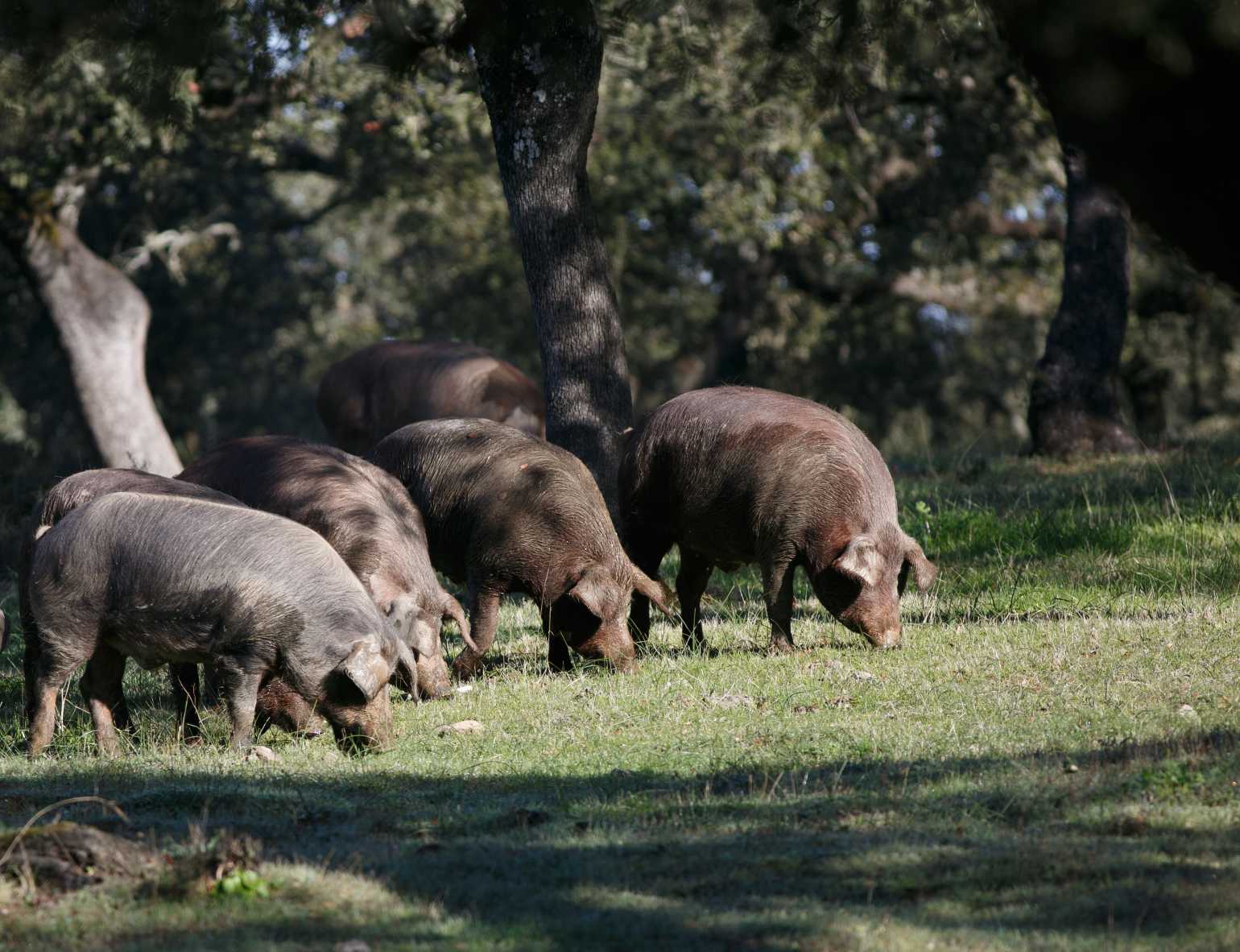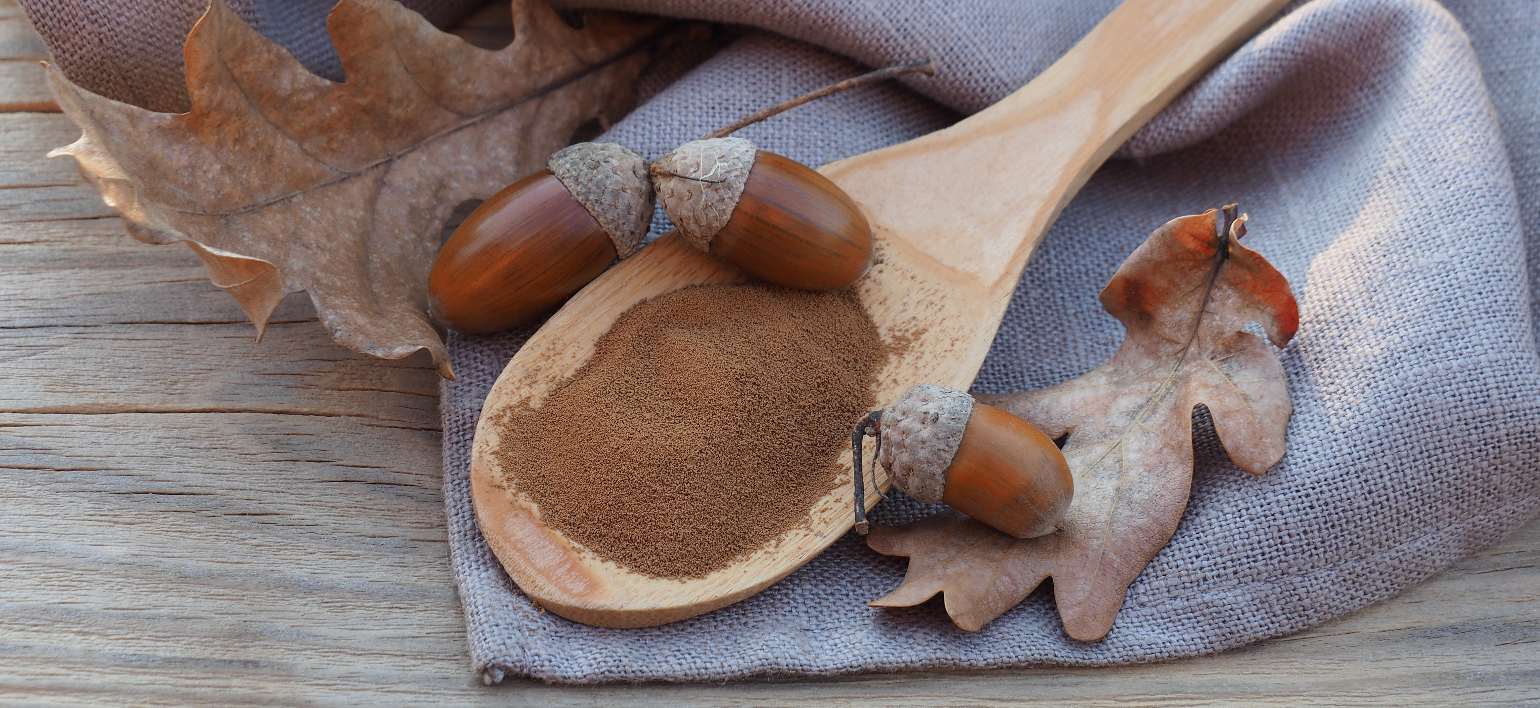To cast pearls (or acorns) before swine
It is so far removed from the day-to-day cuisine that most ignore its existence. The acorn, mainly known as the food of choice of the Black Iberian Pig, was in ancient times widely used in the human diet. Its popularity as an everyday ingredient has since waned, and it is now almost exclusively used for animal feed, but the cultural, nutritional, and gastronomic importance of acorns is undeniable. So much so, it even has a “worldwide” celebration on November 10th, an initiative that was born in a school in Covilhã, a city in Portugal’s heartland.
In this article we recover the history, recipes, and reasons why the acorn is associated with healthy eating.
The life of an acorn
Anyone who has ever been to the Alentejo cork oak forest certainly remembers the trees that stretch for miles, as far as the eye can see. Most of them belong to the genus Quercus (Fagaceae family), oak trees such as the Pyrenean oak, the evergreen oak, and the cork oak, from which cork is produced. All of these provide edible fruits: acorns. The taste of the acorns varies from species to species.

Evergreen oak (Quercus ilex) branch.
This fruit is thought to be a part of the diet since the Palaeolithic (or Stone Age), a period during which the first tools, made of chipped stone, were developed, and humans were nomadic.
Much later, acorns became a staple during the Middle Ages. That was before the Portuguese and Spanish introduced maize and potatoes in Europe from Central and South America. Acorns became an important source of sustenance in Portugal during World War II, as the most common cereals, such as wheat, were scarce and rationed. Perhaps due to the association with challenging times, along with the technological and agricultural evolution that allowed the diversification of the country’s cuisine, the acorn was cast as an “inferior” food.
But not for all. Scattered about the Portuguese oak forest, the voracious Black Iberian Pig soon found this delicacy. It became the main food source for this breed and has been recognised for its value in the production of superior quality meat.

Let us now jog our memory to talk about the benefits of acorns, and how to (re)introduce this ingredient into our diets.
Acorns: nutritionally complete and versatile
The acorn is a nut. Although evergreen oak and cork oak acorns are also edible, the preferred variety tends to be evergreen oak (Quercus ilex), as it is sweeter and softer to the palate. Those who live with coeliac disease will be pleased to know that the acorn is gluten-free and can be included in the diet as a substitute for wheat flour, for example.
Besides the nutritional value of fresh acorns and acorn flour, which is rich in fibre and protein, their lipid (fat) profile is similar to that of olive oil, containing predominantly unsaturated fatty acids, both monounsaturated and polyunsaturated. That is, the acorn is filled with “good” fats.
The calorie content of acorns is lower than other nuts’ – about 459 kcal per 100 g, while 100 g of other nuts contain about 500 to 700 kcal/100g.
Regarding micronutrients, iron, copper, zinc and manganese stand out, along with provitamin A and vitamin E. The phenolic compounds in acorns give it a potential antioxidant effect.
For all these characteristics, acorns fit perfectly into the Mediterranean diet. With all the information laid out, it begs the question…
How to eat acorns?
Acorns can be enjoyed raw (carefully, as they are quite tough), but its versatility really shines through when cooked. They can be baked, roasted, or boiled, and incorporated into recipes as a main or secondary ingredient.
Have you ever searched for “acorn recipes”? No? Well, they exist – and they are delicious.
The simplest way to enjoy acorns is to roast them, just like you would chestnuts. All you have to do is remove the acorn’s cap and make an incision in the shell to prevent them from exploding. Another suggestion is to puree acorns, peeling them completely (with a nutcracker, for example) and boiling them a few times, in different waters, to get rid of the bitter taste they may have.

Ground in a food processor and cooked with the same amount of sugar and a little water, they become a delicious acorn jam for dessert. For more elaborate culinary endeavours, you can use acorn flour to make bread, cakes, pancakes, or biscuits.
Acorn Scones
Ingredients
- 350 g gluten-free flour
- Gluten-free yeast (according to the recommendation, depending on the flour used)
- 150 g acorn flour
- 500 g whey-based drink (unflavoured) or low-fat plain yoghurt
- 2 tbsp brown sugar
- 50 g unsalted butter
- 2 tsp lemon juice
Preparation
- Melt the butter and add it to the flours and sugar, incorporating everything evenly.
- Separately, mix the lemon juice with the whey-based drink or yoghurt.
- Add the two and stir very well.
- On a baking tray lined with parchment paper, arrange the dough in small portions.
- Bake in a preheated oven at 200 °C for 10 to 15 minutes.
An Alentejo project for the valorisation of acorns
At Herdade do Freixo do Meio, in Alentejo, work has been underway since 2005 to bring the acorn back into the spotlight (and to the table). A visit to Herdade do Freixo do Meio will allow you to get to know the project and visit the protected oak forest area, as well as to try acorn infusion (caffeine-free, brews like coffee in an Italian coffee maker or filter coffee machine), acorn bread in a wood-fired oven or organic acorn flour. There’s also handmade acorn biscuits and two very innovative products: acorn pâté and acorn burgers, both 100% vegetarian and suitable for coeliacs.
4 fun facts about acorns
- In Ancient Greece, the acorn was designated as the “food of invincible men”;
- In Portugal, in the 20th century, it was forbidden to pick acorns in Alentejo farms – but the poorest people sought them for sustenance, risking imprisonment;
- One study from 2015 concluded that more than half of the acorns in Portugal are wasted;
- In addition to not requiring any agricultural practices, acorn production does not require fertilisers, pesticides or a large amount of water.



